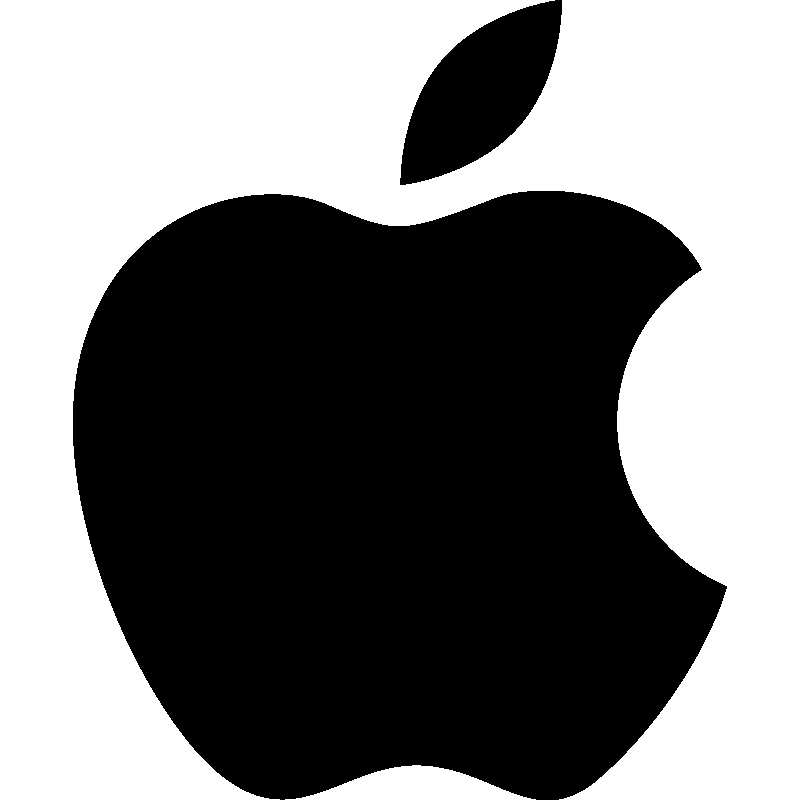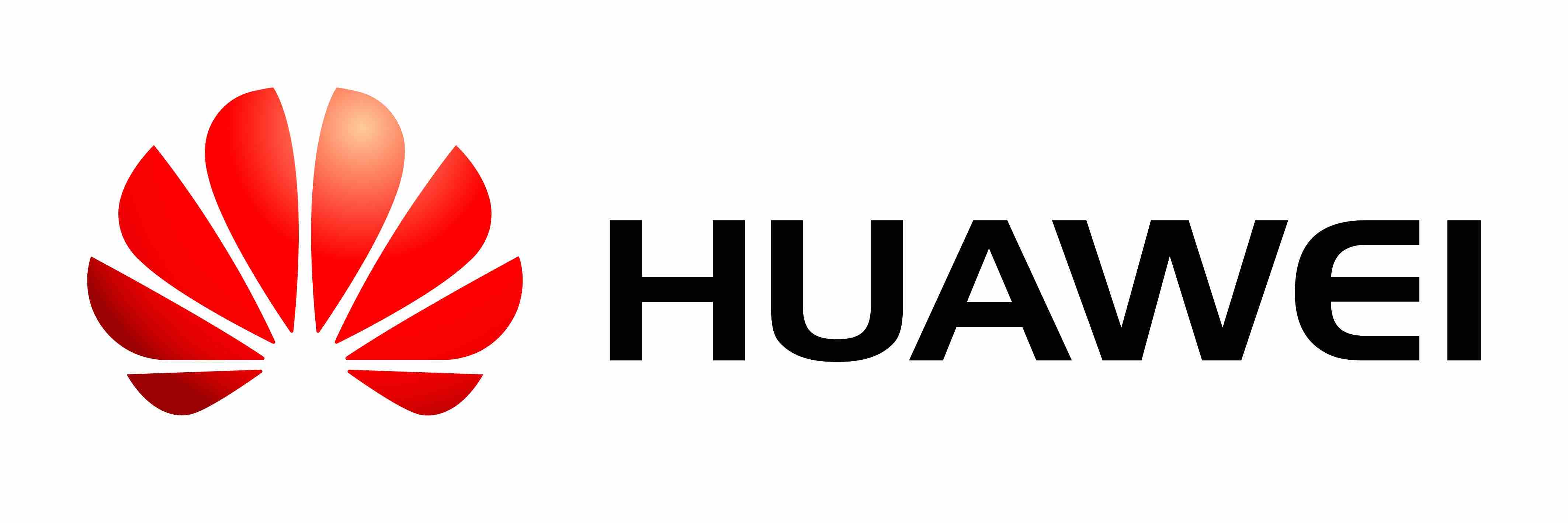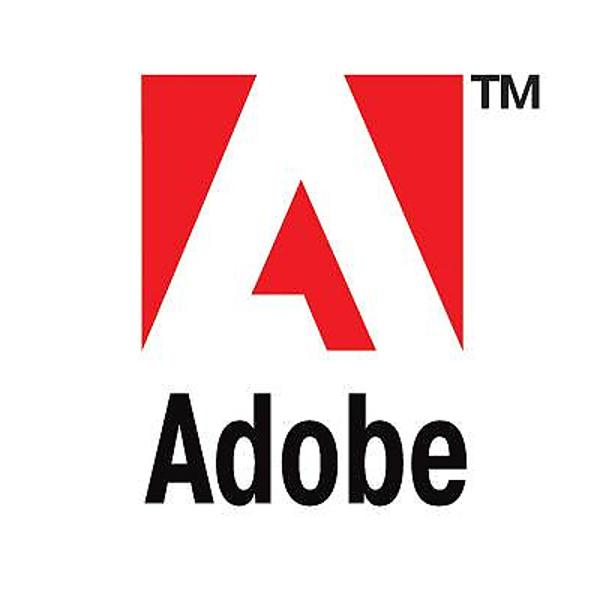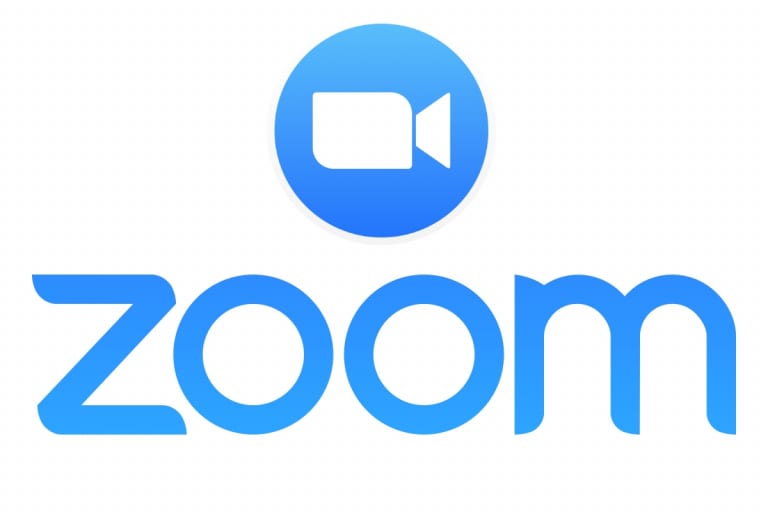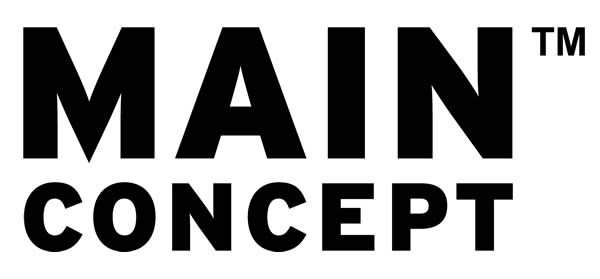MSU Video Codecs Comparison 2021
Part 5: FPGA/Hardware-accelerated/Ultra-fast encoders
Sixteen Annual Video-Codecs Comparison by MSU
|
|||||||||

|

|

|

|
||||||
| compression.ru |
Lomonosov Moscow State University (MSU) Graphics and Media Lab |
Dubna International
State University |
Institute for Information Transmission Problems, Russian Academy of Science |
||||||
News
- 11.04.2022 Report release
Navigation
Description
In MSU FPGA/Hardware-accelerated/Ultra-fast Video Codecs Comparison 2021, we analyzed 4 hardware and 3 software codecs. The speed requirement for all platforms was 60 fps. Some of the participants could not reach speed requirement, but we decided to publish all results anyway to show the current landscape. 50 FullHD video sequences were used.
Results
- The places below are given by quality scores
- Encoders with scores closer than 1% share one place
| Ultra-fast (60 fps) | ||||||||||||||||||||||||||||||||||||||||||||||||||||||||||||||||||||||||||||||||||||||||||||||||||||||||||||||||||||||||||||||||||||||||
|
Best encoder YUV-SSIM, Y-VMAF (v0.6.3) |
|
|||||||||||||||||||||||||||||||||||||||||||||||||||||||||||||||||||||||||||||||||||||||||||||||||||||||||||||||||||||||||||||||||||||||
|
Best encoder YUV-PSNR |
Best CPU/GPU encoder |
YUV-SSIM
|
Best FPGA encoder |
YUV-SSIM
|
Best encoder, for long video |
(neglecting lookahead i/o time) YUV-SSIM, Y-VMAF (v0.6.3)
|
Best encoder, for long video |
(neglecting lookahead i/o time) YUV-PSNR
|
Speed/quality trade-off "Ultra-fast 60 fps" all sequences, YUV (4:1:1)-SSIM metric
Speed/quality trade-off "Ultra-fast 60 fps (neglecting lookahead i/o time" all sequences, YUV (4:1:1)-SSIM metric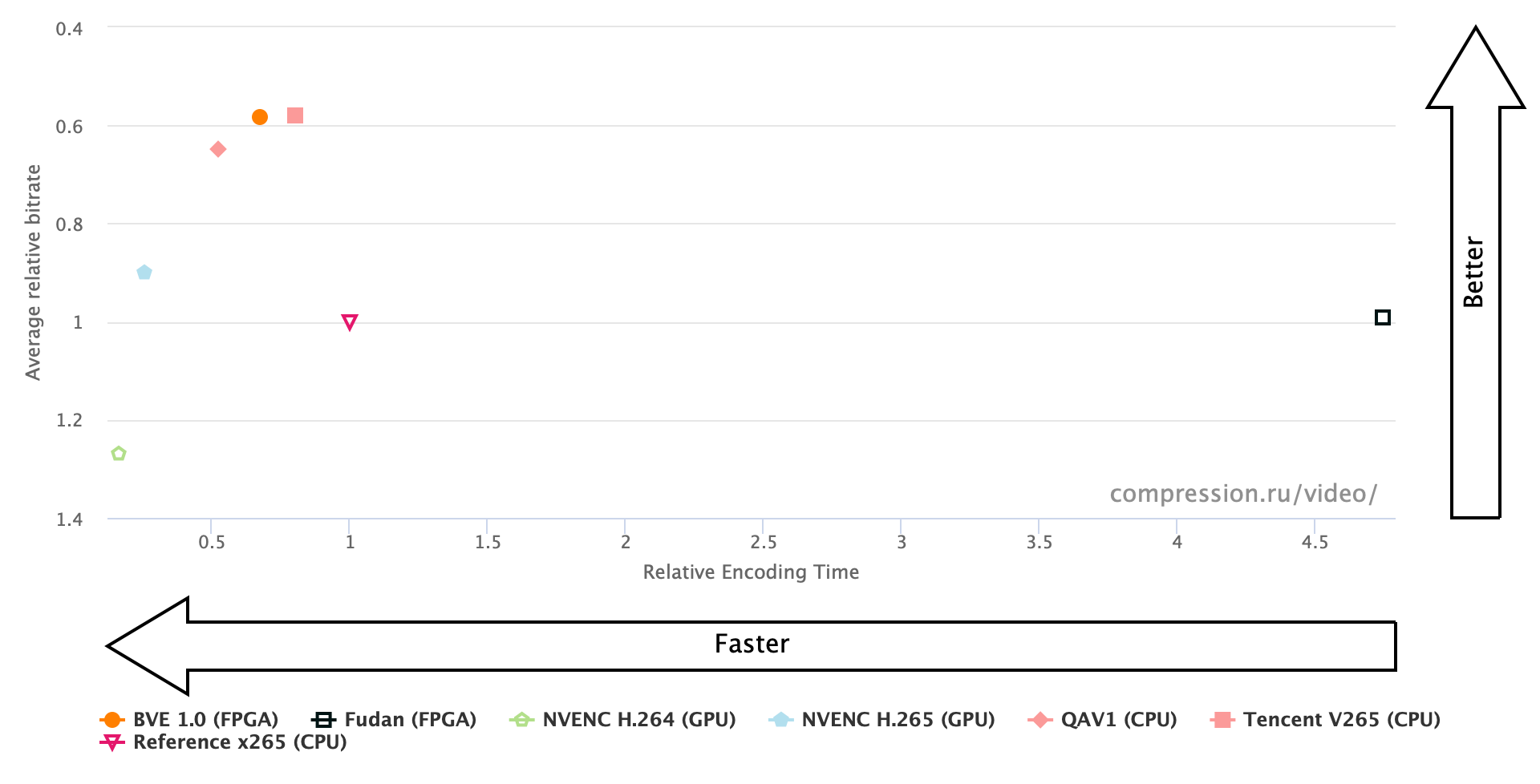
The winners vary for different objective quality metrics. The participants were rated using BSQ-rate (enhanced BD-rate) scores [1]. [1] A. Zvezdakova, D. Kulikov, S. Zvezdakov, D. Vatolin, "BSQ-rate: a new approach for video-codec performance comparison and drawbacks of current solutions," 2020. Download
Participants
Comparison RulesHardware-accelerated and ultra-fast codecs testing objectivesThe main goal of this report is the presentation of a comparative evaluation of the quality of new and existing codecs using objective measures of assessment. The comparison was done using settings provided by the developers of each codec. Nevertheless, we required all presets to satisfy minimum speed requirement on the particular use case. The main task of the comparison is to analyze different encoders for the task of transcoding video – e.g., compressing video for personal use. Test Hardware Characteristics for CPU encoders
Test Hardware Characteristics for GPU encoders
Test Hardware Characteristics for FPGA encoders
See more on Call For Codecs 2021 page VideosVideos for testing set were chosen from MSU video collection via a voting among comparison participants, organizers and an independend expert.
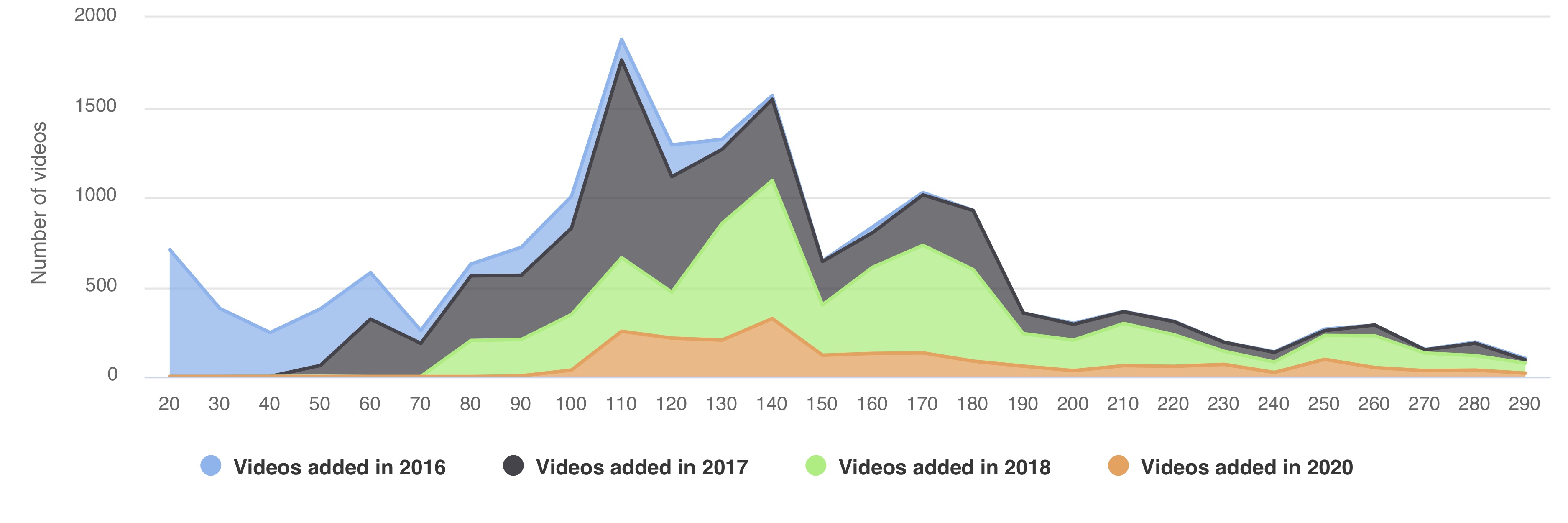
Final video set consists of 50 sequences including new videos from Vimeo and media.xiph.org derf's collection. 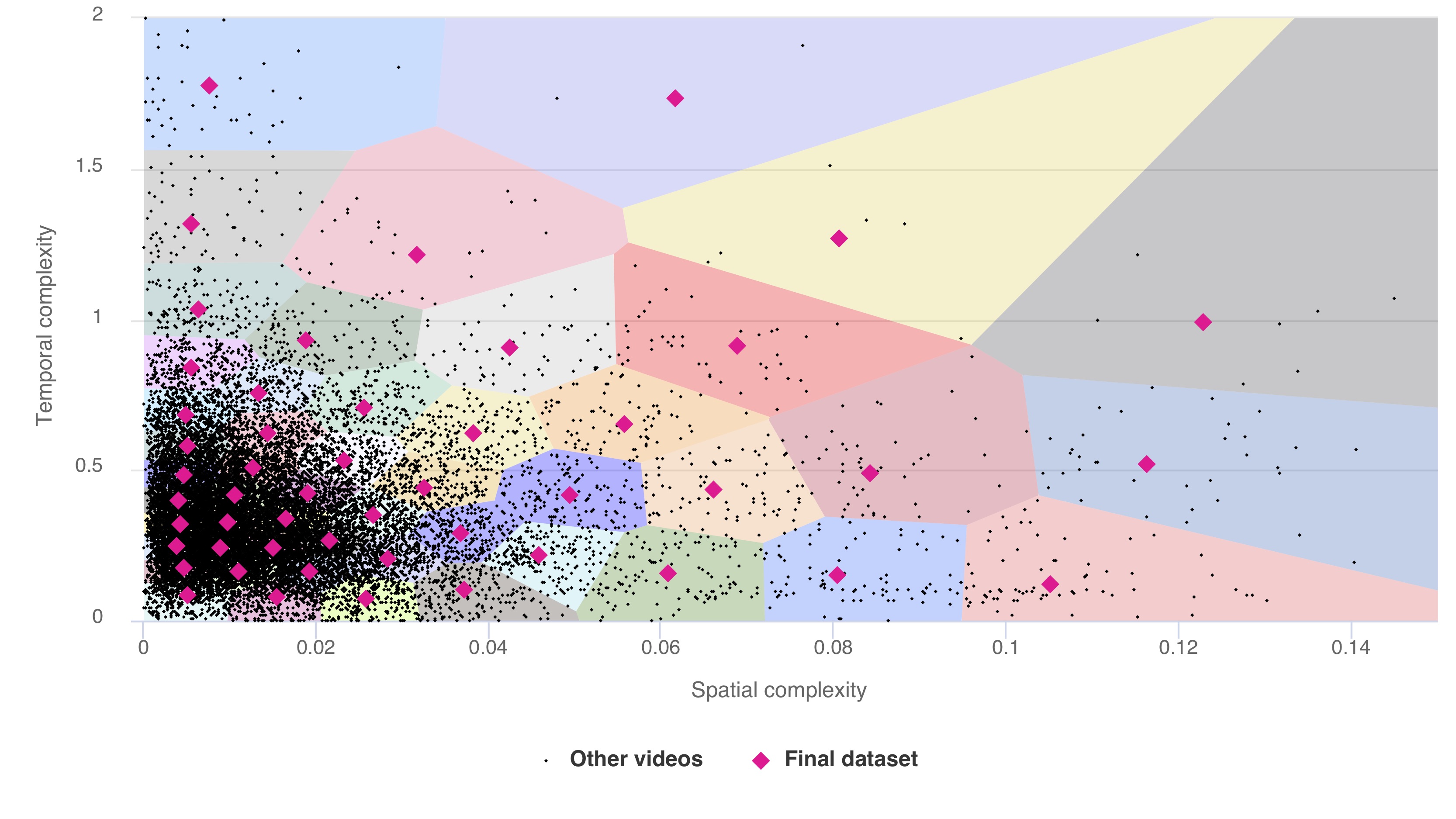
Descriptions of all test videos are presented in a separate PDF provided with the report. Codec Analysis and Tuning for Codec Developers and Codec UsersComputer Graphics and Multimedia Laboratory of Moscow State University:
Strong and Weak Points of Your Codec
Independent Codec Estimation Comparing to Other Codecs for Different Use-cases
Encoder Features Implementation Optimality AnalysisWe perform encoder features effectiveness (speed/quality trade-off) analysis that could lead up to 30% increase in the speed/quality characteristics of your codec. We can help you to tune your codec and find best encoding parameters.ThanksSpecial thanks to the following contributors of our previous comparisons
Contact InformationSubscribe to report updatesOther MaterialsVideo resources:
Server size: 8069 files, 1215Mb (Server statistics)
Project updated by Project sponsored by YUVsoft Corp. Project supported by MSU Graphics & Media Lab |
